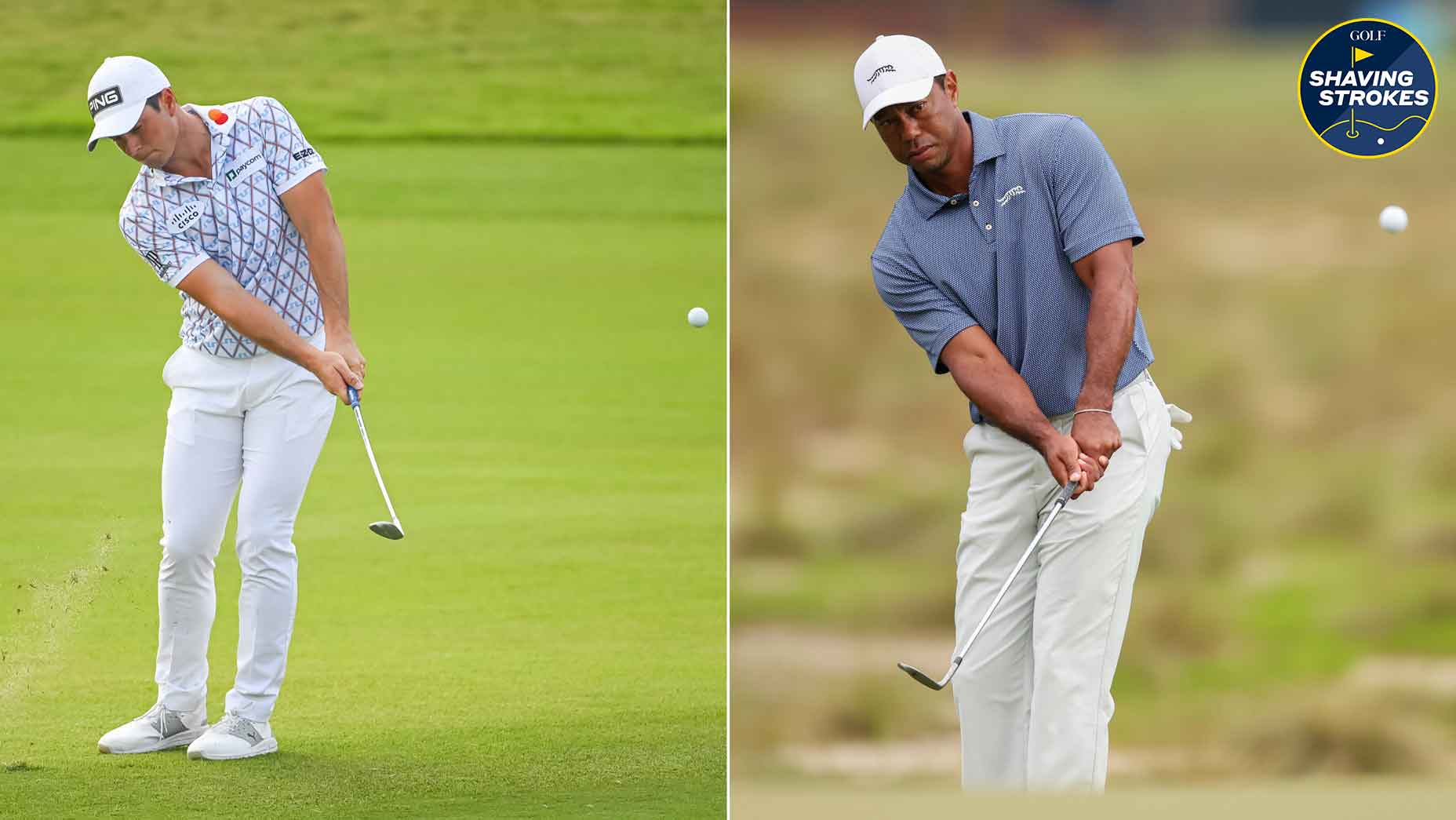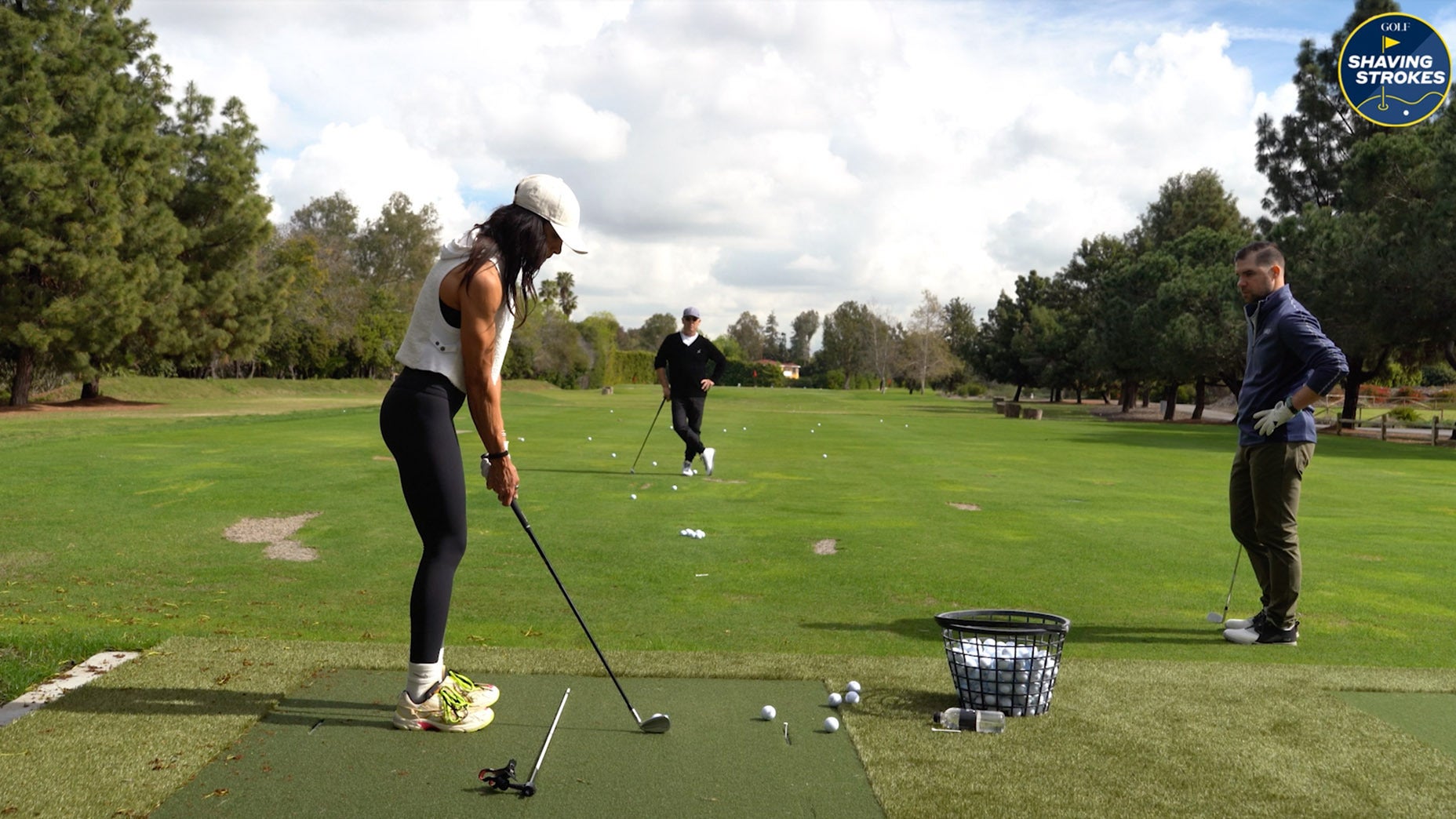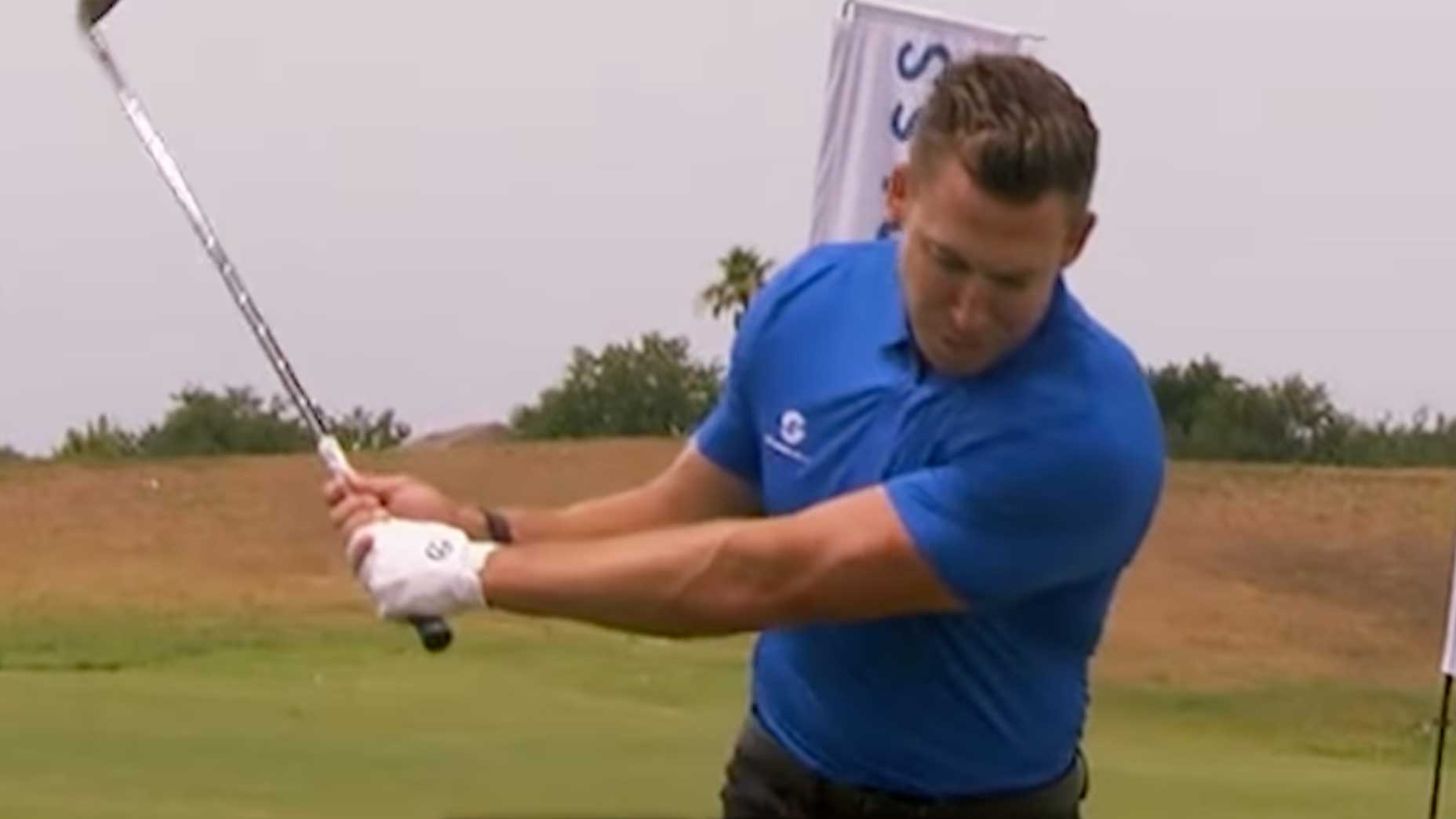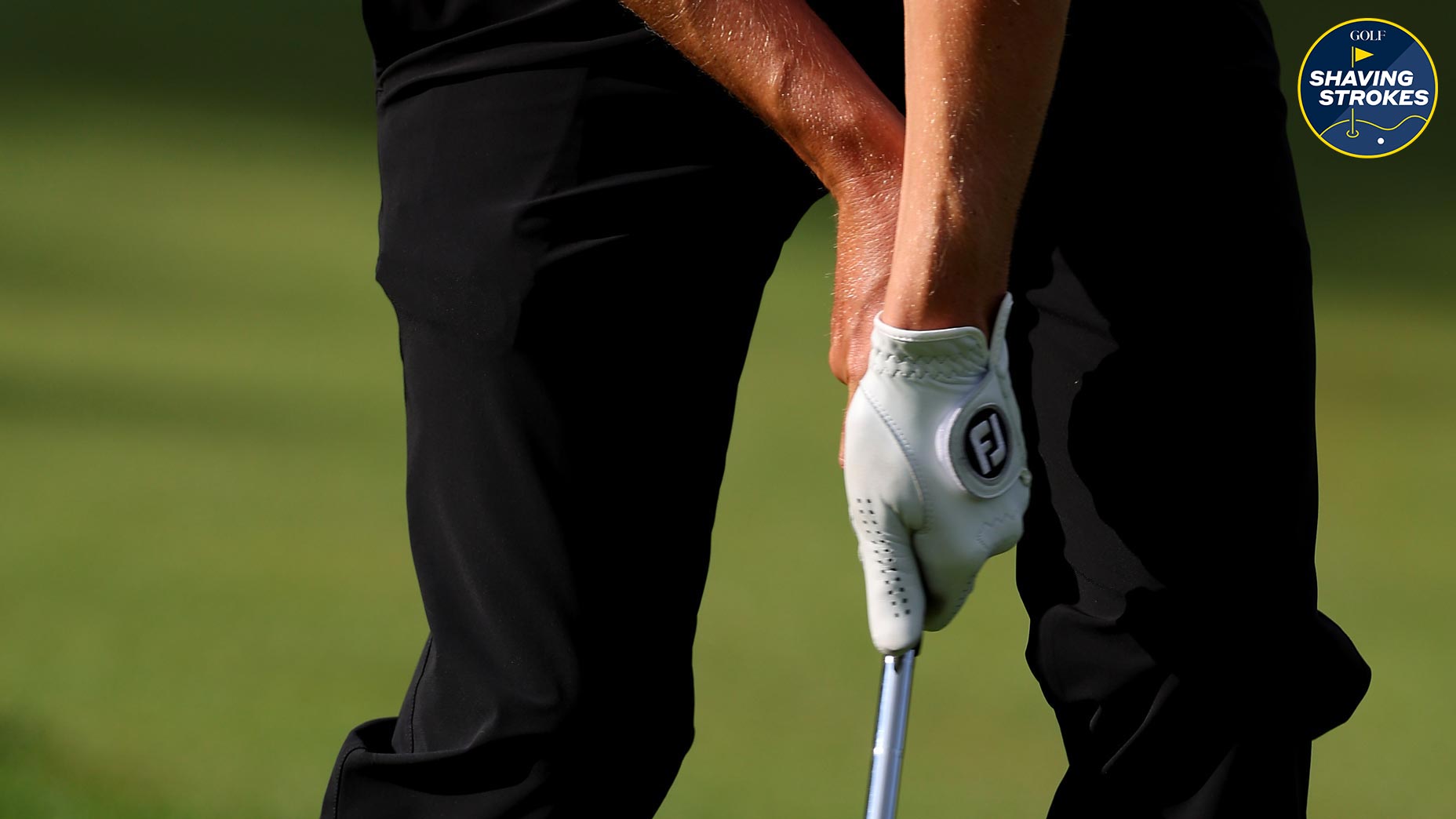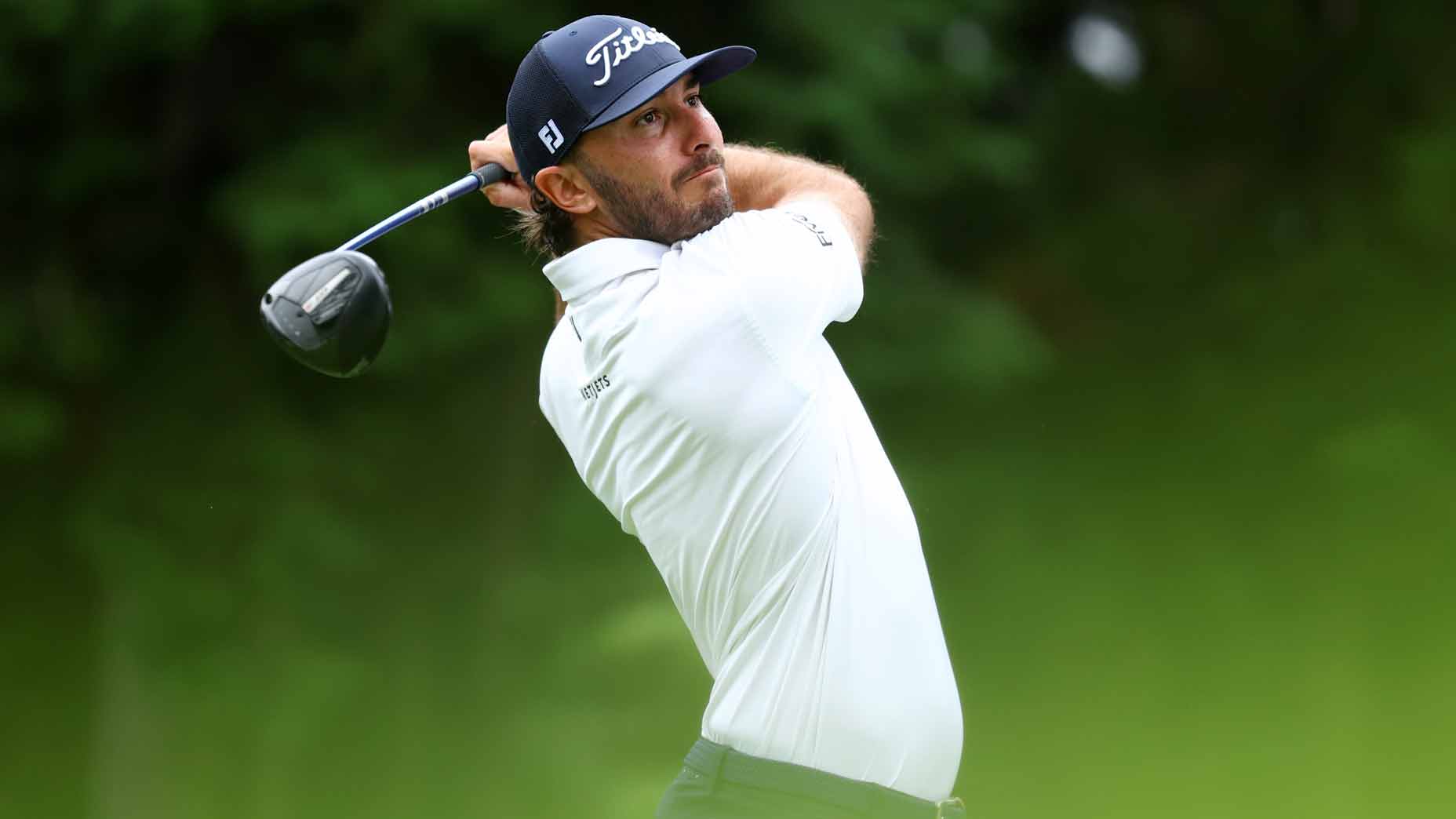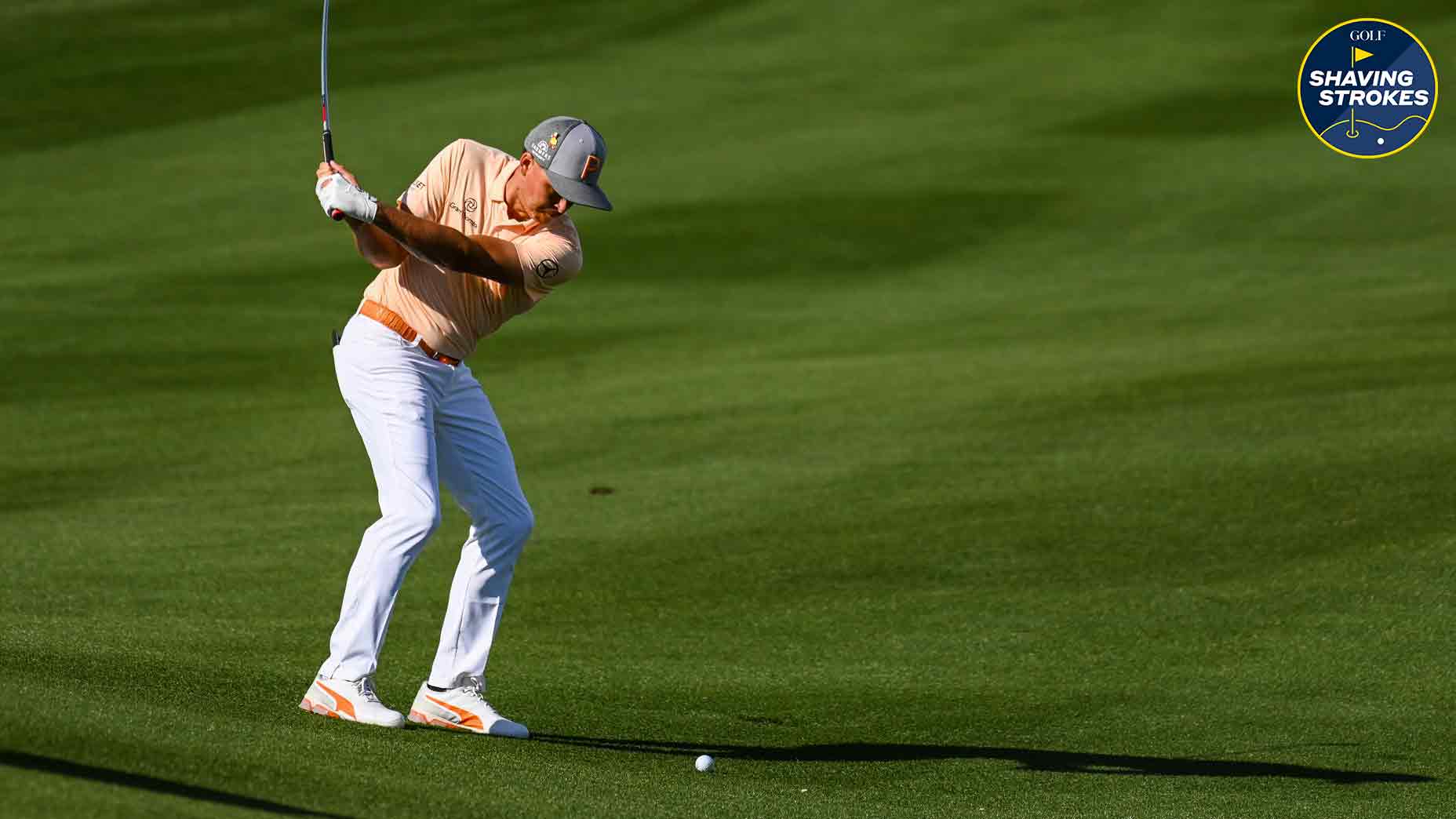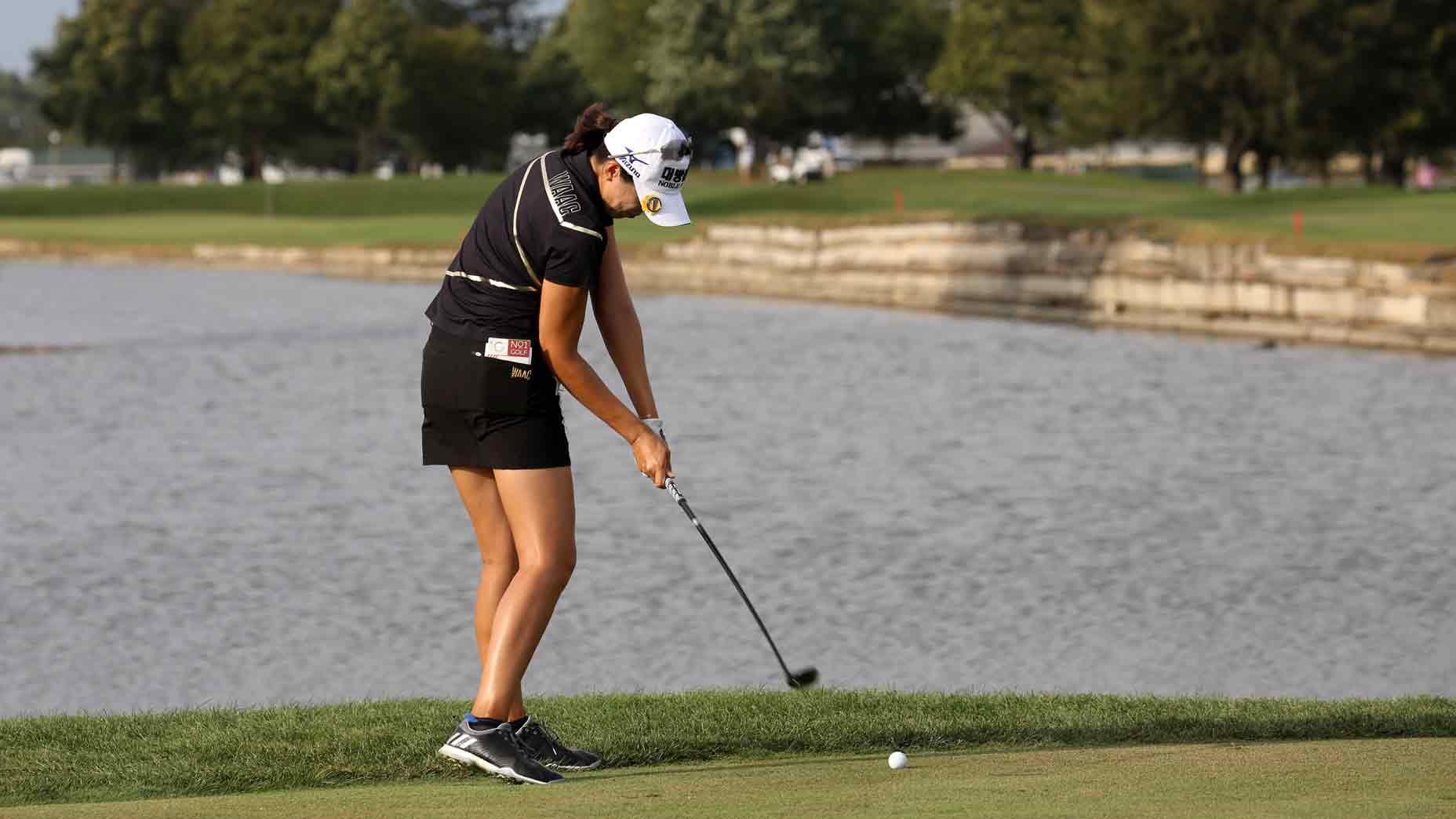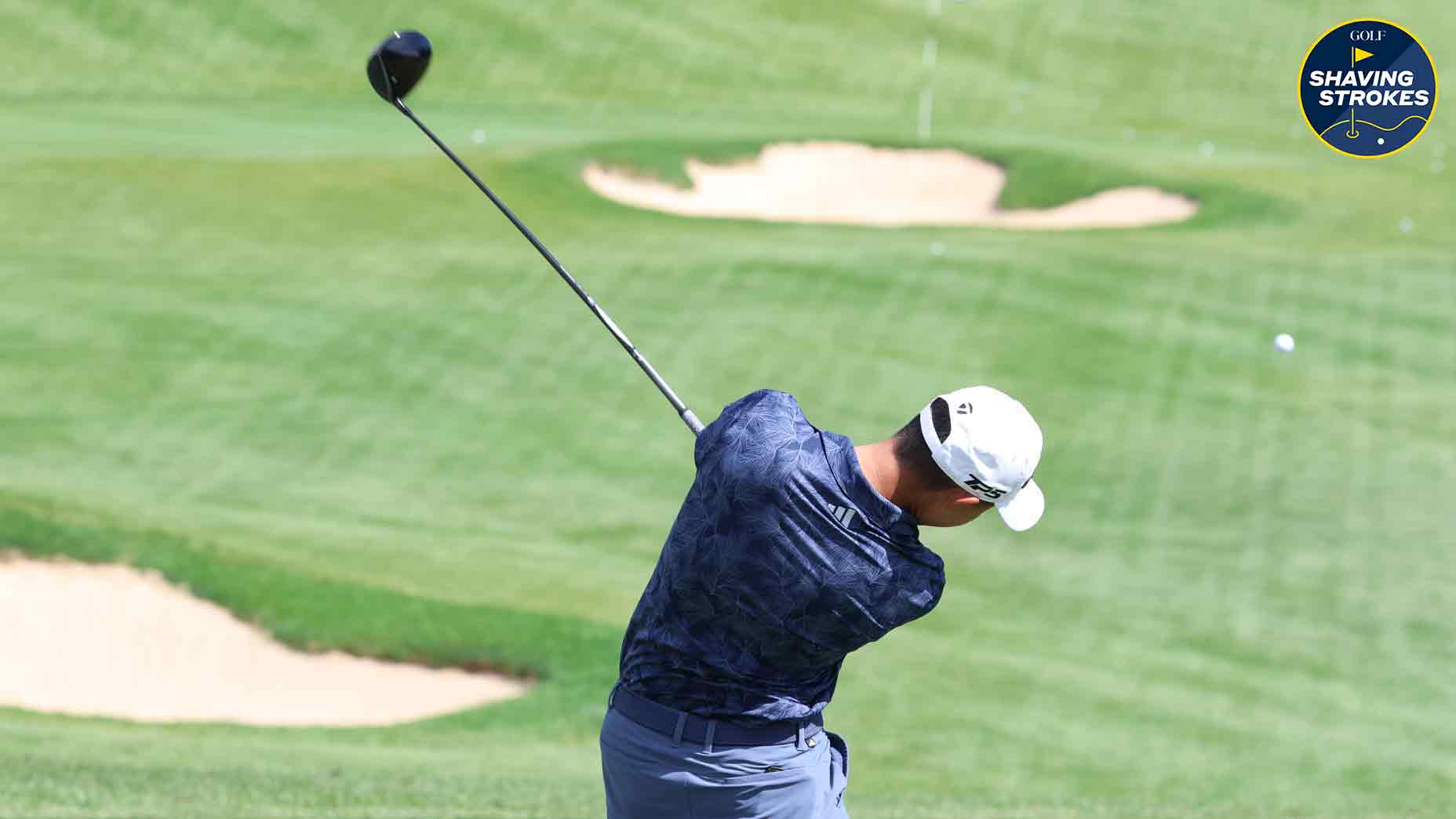Focus on these 2 steps to fine-tune your iron play, says Top 100 Teacher
- Share on Facebook
- Share on Twitter
- Share by Email
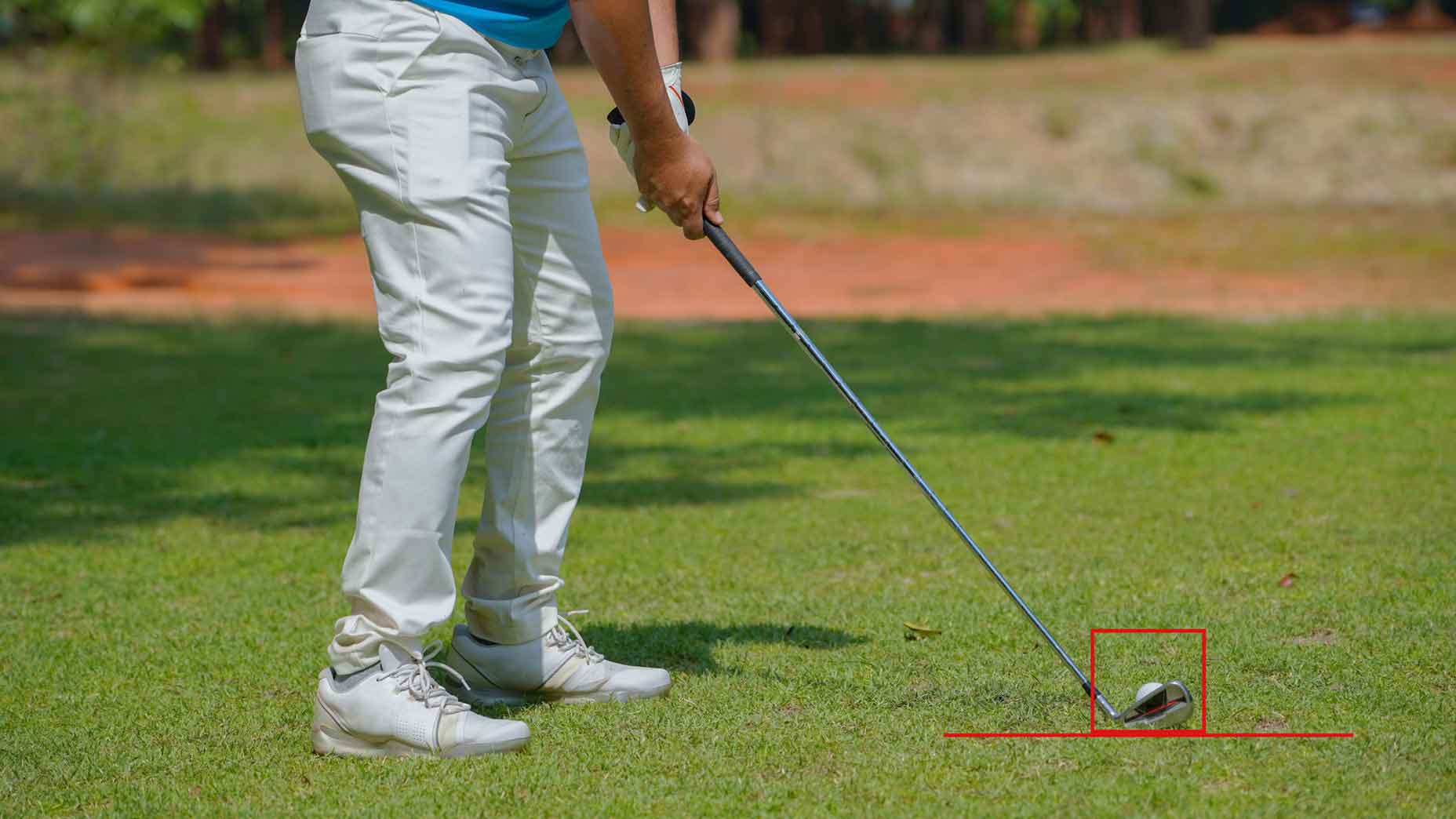
Learning how to improve your irons will lead to more consistent shots for lower scores.
Getty Images
Learning how to improve your iron play is crucial as you continue your journey towards becoming a better player. But it takes some understanding before you can strike the ball with proper consistency, hitting those pure approach shots that put you in better position to score low.
In my opinion, there are two key aspects that can significantly enhance your iron play: improving your clubface control and improving the low point of your swing arc (meaning you effectively hit the ball and then the ground).
So how can an amateur achieve doing both? By practicing this feel in practice, focusing on things like your grip and simple practice swings. I explain more below.
How to improve your iron play
While it takes both time and some focused practice to master these two areas, here’s how you can gradually make adjustments to see improvement.
1. Clubface control
The clubface is responsible for approximately 80% of the golf ball’s starting direction — that’s significant! Where the ball starts in relation to your target will give you a good idea as to where the clubface is pointing at impact.
So always be sure to check your grip, as it has a lot of influence on the clubface.
If your error is leaving the face open, see that the “V” formed by your left thumb and palm points towards your trail shoulder. On the contrary, if your clubface tends to be closed, make sure that your grip isn’t turned too far clockwise on the grip (for right-handed golfers).
To change the clubface, try twisting it more open or closed early in the backswing. You can also try twisting the face more open or closed early in the downswing.
This is where I suggest varying your clubface in practice, helping you get the feel before playing a round.
Intentionally hit a ball that starts left of the target, then hit a ball that starts right of the target, and, finally, hit one that starts at your target. This will enhance your skill of controlling your clubface, as well as give you a sense of what square feels like.
2. Find the low point of the club
If you look at the swing face from in front of the golfer, you’ll see the swing as a circle. The lowest point of that circle (or swing arc) should be in front of the golf ball, which allows you to hit the ball first and then take a divot afterwards.
Where many amateurs run into issues is with their ball-striking, which often has them taking a divot before contacting the ball. To correct this problem, make practice swings that brush the grass on the target side of the ball.
Here are two quick drills to try.
Place a tee in the ground two inches in front of the ball, and give yourself a challenge to hit the ball and then the tee. You can also place a towel on the ground about four inches behind the ball, hitting shots and making sure you don’t make contact with the towel.
Finally, I suggest varying where you club hits the ground during practice.
This means taking practice swings and hitting the ground too far back, too far forward, and then just in front of the ball. Next, try doing this with a ball, feeling the difference as you intentionally hit shots with varying clubface positions.
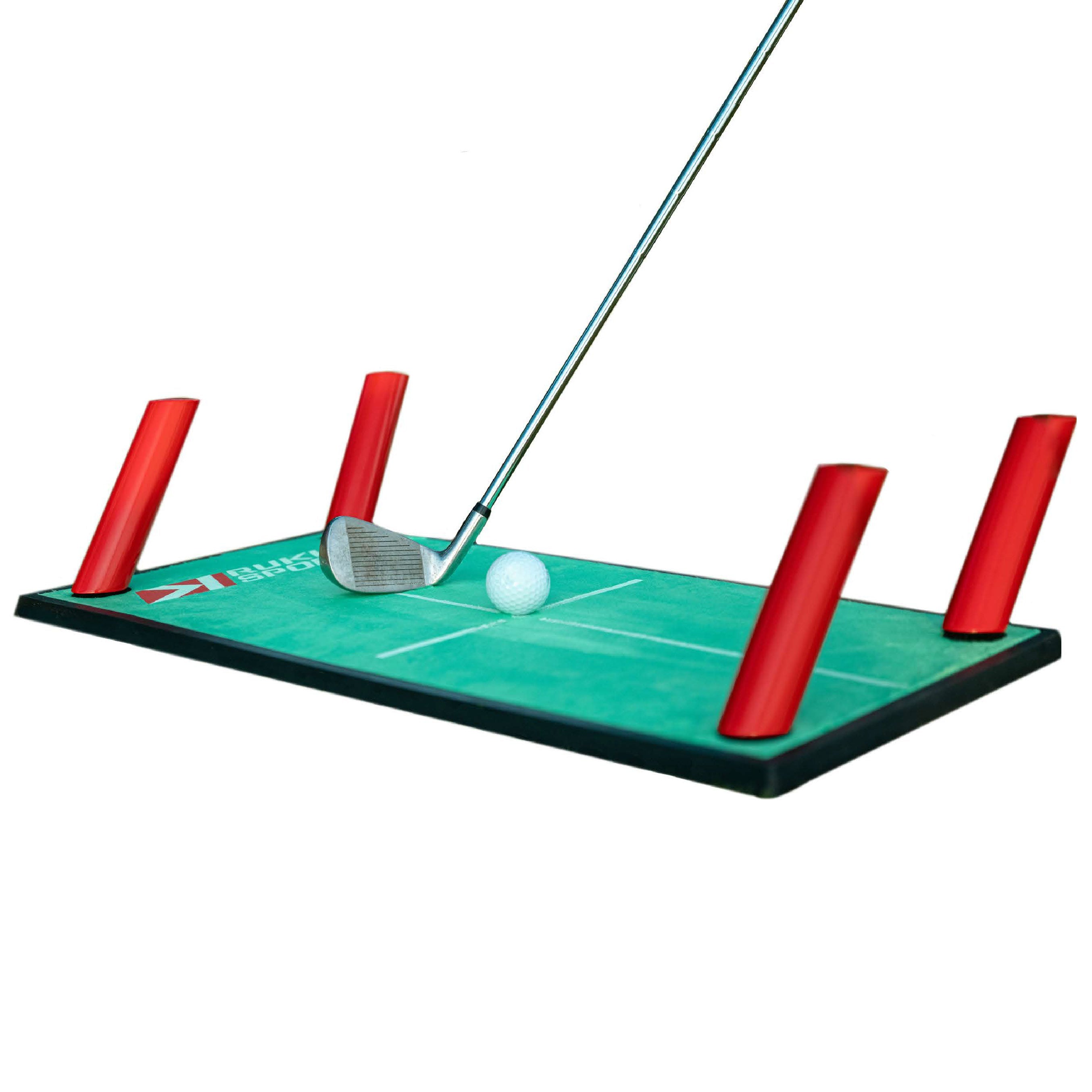
Rukket Sports Pathfinder Impact Mat™
$69.99
View Product
Latest In Instruction

Golf.com Contributor

